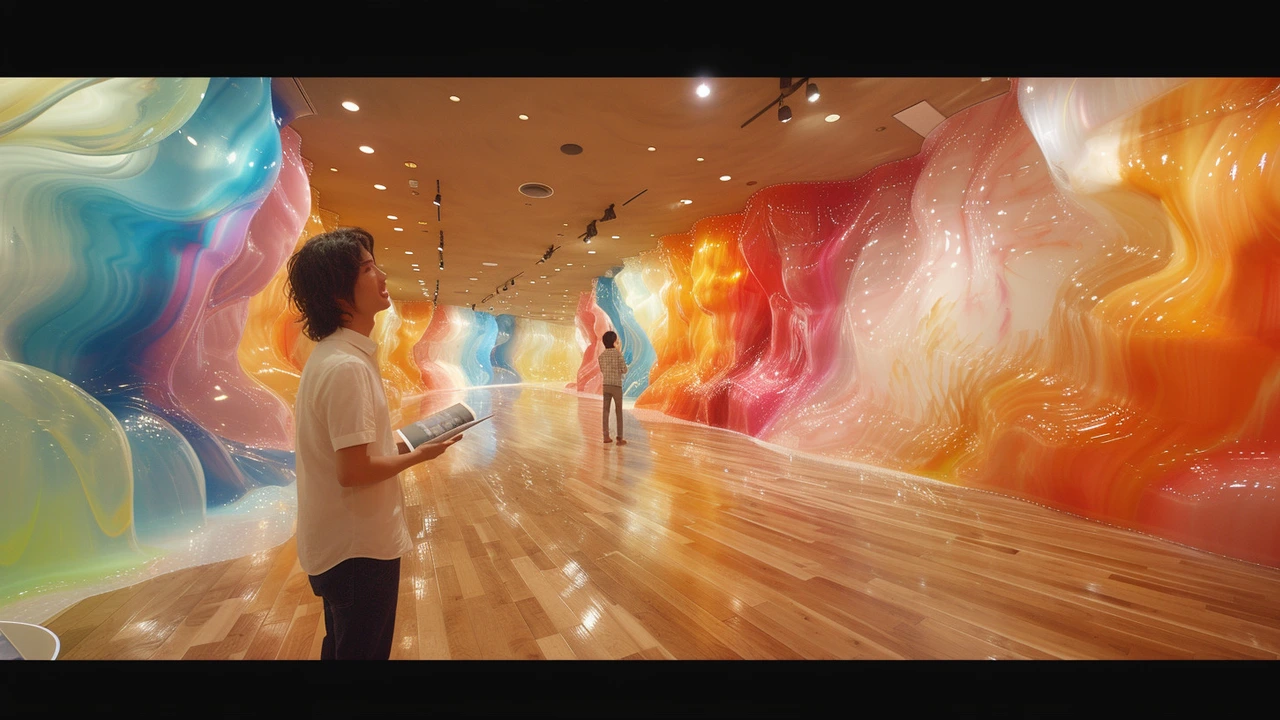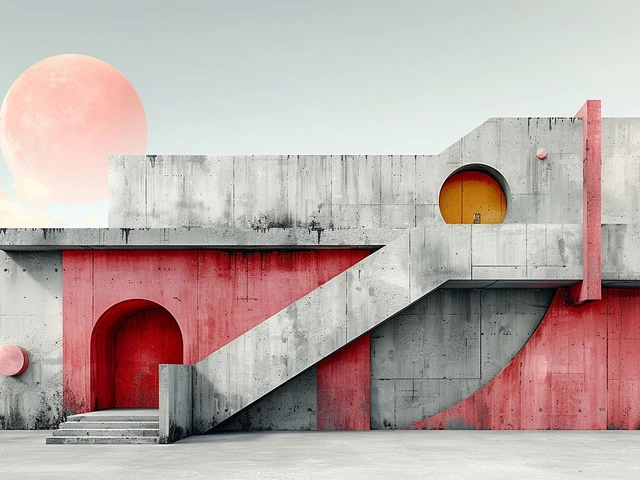Unveiling the Realm of Abstract Expressionism
As an enthusiastic art-loving dad, the likes of whom my young lads, Finn and Reuben, often roll their eyes at when I start waxing lyrical about another painting, Abstract Expressionism holds a special place in my heart. And why shouldn’t it? After all, it is one of the most significant art movements of the 20th century — such a whirlwind of color, emotion, and above all, freedom. There's even something a bit rebellious about it, isn't there?
Unlocking the Mystique of Abstract Expressionism
Enter the cosmos of Abstract Expressionism, and you step into a domain without limitations, where painters didn’t care for depicting reality as it was. Instead, they challenged conventions and sought to express their innermost feelings and ideas. They delved deep into the human psyche, just as any dad might try to decipher why his kids suddenly decided they wanted a pet snake (true tale from the Barnet household, mind you). These artists didn’t really whip out a paintbrush thinking they were going to paint a sunflower or a starry night. No, siree! It was all deeply emotive and profoundly nondescript, in the wildest sense of the words.
Revolutionaries of the Art World
These pioneers were primarily American artists post World War II. Think Jackson Pollock, Willem de Kooning, or Mark Rothko. They spurned the fine-tuned meticulousness akin to making sure each LEGO brick snaps perfectly into place (yes, I'm pulling dad references again!). They embraced chaos, harnessed it, and redirected it into their vibrant canvases. It was as though they were attempting to transform the emotional intensity and turmoil and make it tangible — just picture old Jackson flinging paint around his barn-sized canvas with the fervor and passion of a toddler mid-meltdown. That's Abstract Expressionism for ya!
Breaking Down the Subcategories
Within Abstract Expressionism, there are two subtle factions: gestural (action painting) and chromatic (color field painting) abstraction. The former is more Pollock-style, and the latter is Rothko territory. While action painting is like conducting a symphony of color, imbued with dynamic motion and dramatic orchestration of chaotic strikes, color field painting is more about immersing in an ocean of emotions, expressed through broad sweeps of color. That's a bit like how I feel when I switch between playing 'tag' with the kids and then tucking them into bed with their favourite bedtime story: both deeply rewarding, yet entirely different experiences.
Tips for Appreciating this Form of Art
Romancing Abstract Expressionism isn’t about figuring out 'what the painting is.' It's like gazing at clouds – everyone perceives them differently. Some might see a bustling cityscape, while others see an exhilarating dragon chase. I’ve had countless discussions with the boys about what they see in cloud formations, and the same applies to this form of art. Here, it’s the emotion, the feeling that the array of colours, the brushstrokes, the movement across the canvas evoke in you.
Creating Your Own Abstract Expressionism
Ever wanted to paint out your feelings without having a clear subject to depict? That's the beauty of Abstract Expressionism – it's an open invitation to let your emotions run the show. You pick up that brush (or squeeze the paint directly from the tube, or flick paint from a stick – Pollock style), and you just let loose. There’s something rather cathartic in the entire process, very much like belting out your favorite tune in the shower when no one’s around to hear. Yes, I did just give you a handy tip: try splattering some paint around. You never know — you might just fall in love with it!
Final Thoughts: The Everlasting Impact of Abstract Expressionism
If you ask me, the enduring draw of Abstract Expressionism lies in its raw, unmistakable authenticity that mirrors the undulating journey of life, the ups and downs, the chaos and calm. Each piece of art it births is unique and intensely personal. It's like that family recipe that’s been handed down the generations: everyone knows it, but it tastes a little different each time someone cooks it. Abstract Expressionism, folks, that’s the art equivalent of your grandma’s secret stew: filled with love, mystery, and a dash of unpredictability!



